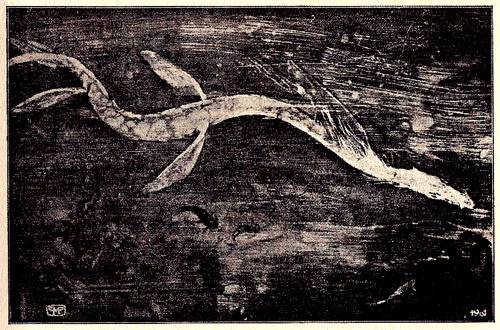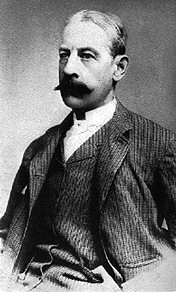On March 1, 1934, a scientist at New Hampshire’s already-odd Mount Washington observatory was digging in the snow before a garage when he was shocked to see that the holes he had dug “were promptly filled with deep blue light.”
Investigating, the man confirmed that the light could not be a “reflection from the sky or of bacteria collecting on the snow.” But no explanation was ever found, and no blue light has been reported since.
(Bulletin of the American Meteorological Society, 1934)



